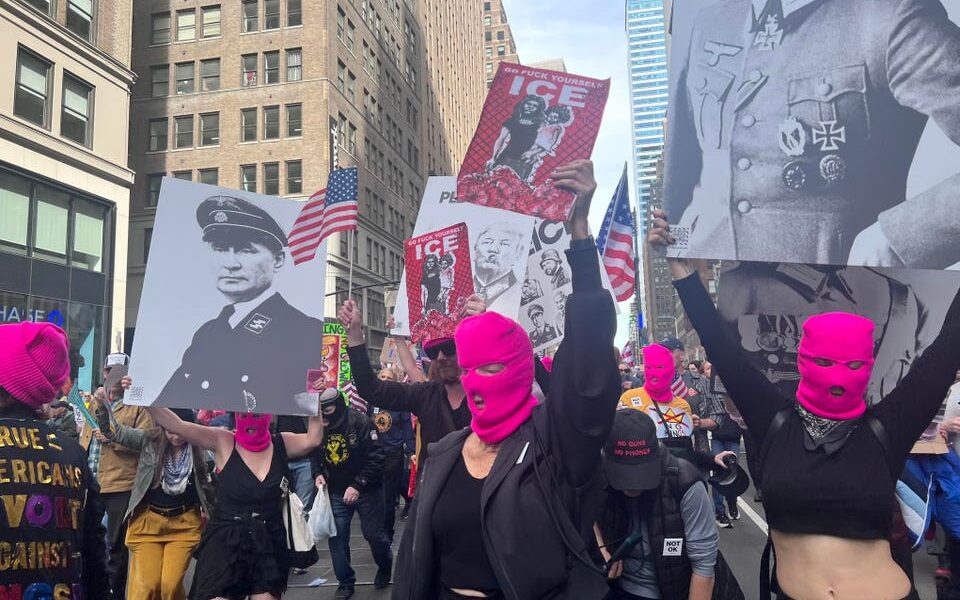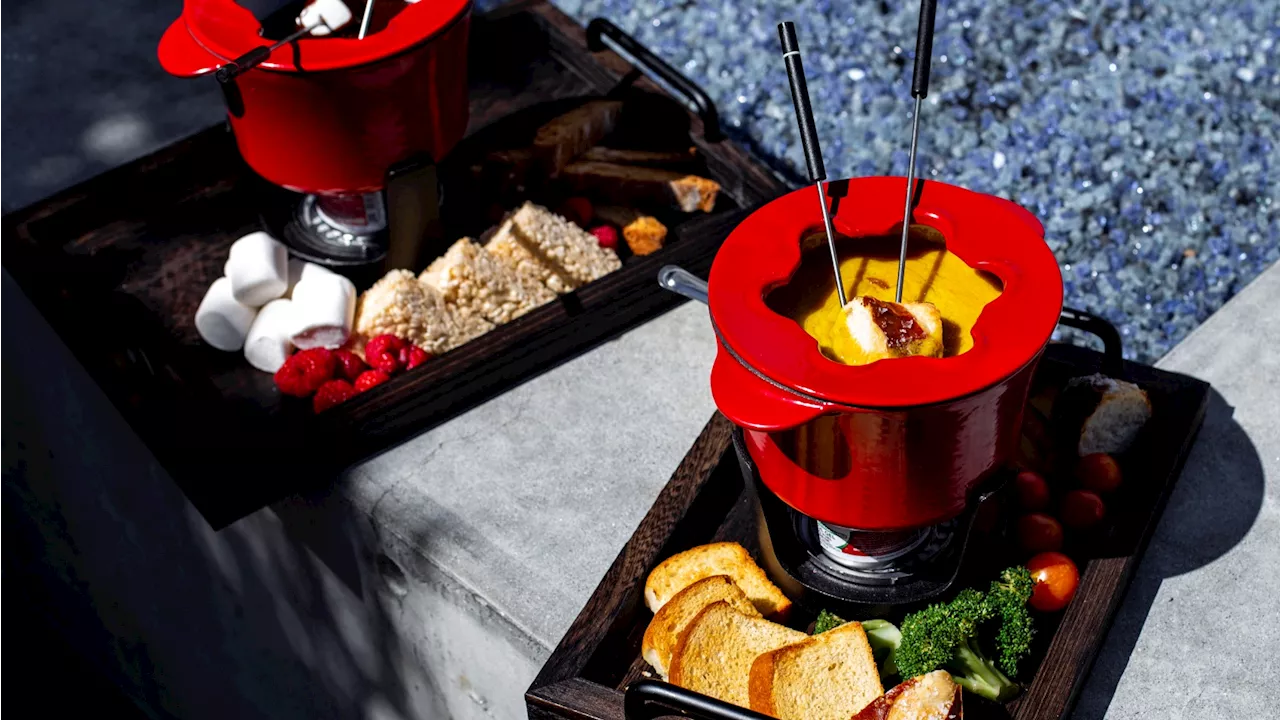Pussy Riot, the renowned Russian feminist punk collective, took center stage at the recent No Kings protest in New York City, highlighting the intersection of art and activism. The event saw nearly seven million participants nationwide, marking a significant increase from the approximately five million who joined similar protests in June 2025. This gathering emphasized the urgent need for collective action against authoritarianism and the erosion of human rights.
Luisa de Miranda, an art historian and co-organizer of the protest, stated, “We showed up as Pussy Riot because they’re proof you can’t stop rebellion.” She further asserted that their presence was a declaration against “kings, billionaires, or wannabe dictators,” emphasizing that the Constitution serves as a rallying point for activism rather than compliance to oppressive systems.
Art as a Form of Protest
The No Kings protest echoed historical examples of artists leveraging their work to challenge power dynamics. Throughout history, many artists have utilized their creative platforms to expose injustices and fight against imperialism. The term “artivism,” which combines art and activism, has been in use since 1997 and reflects centuries of artists who have taken a stand against oppression.
Iconic works like Pablo Picasso’s Guernica, created in 1937, remain relevant amidst modern geopolitical conflicts. Similarly, Jacques-Louis David’s portrayal of Jean-Paul Marat during the French Revolution is a testament to the power of art in shaping political narratives. David, a member of the revolutionary movement, used his craft to comment on the societal upheaval of his time.
Moreover, Francisco Goya’s The Third of May 1808 is often regarded as one of the earliest anti-war paintings, emphasizing the human cost of conflict. These historical examples serve as a backdrop to contemporary movements, illustrating how art can provoke thought and inspire change.
The Role of Performance Art in Modern Activism
The rise of performance art as a vehicle for activism has gained momentum, particularly in the past few decades. From the Dadaists’ chaotic displays during World War I to the politically charged performances of the 1960s and 70s, artists have consistently used their visibility to highlight social injustices. The Chicano Art Movement, for instance, effectively blended political messaging with aesthetic expression to address pressing cultural issues.
During the recent No Kings protest, the alignment of artistic expression with social activism was palpable. Participants, including performers from Pussy Riot, demonstrated how art can be a powerful tool against authoritarian regimes. This aligns with a long tradition of artist-activists who have dared to challenge the status quo, often at great personal risk.
The ongoing fight for human rights and funding for the arts is crucial in today’s sociopolitical climate. As Miranda emphasized, “When women rise, the world rises with us.” The collective effort of artists and activists at the No Kings protest underscores the importance of supporting those who risk their lives to advocate for change.
The legacy of artist-activists continues to inspire new generations to engage in the fight against oppression. Through their creative endeavors, these individuals remind society of the necessity to confront and dismantle systems of power that perpetuate inequality. As the call to action grows louder, the role of artists in this movement remains more vital than ever.







